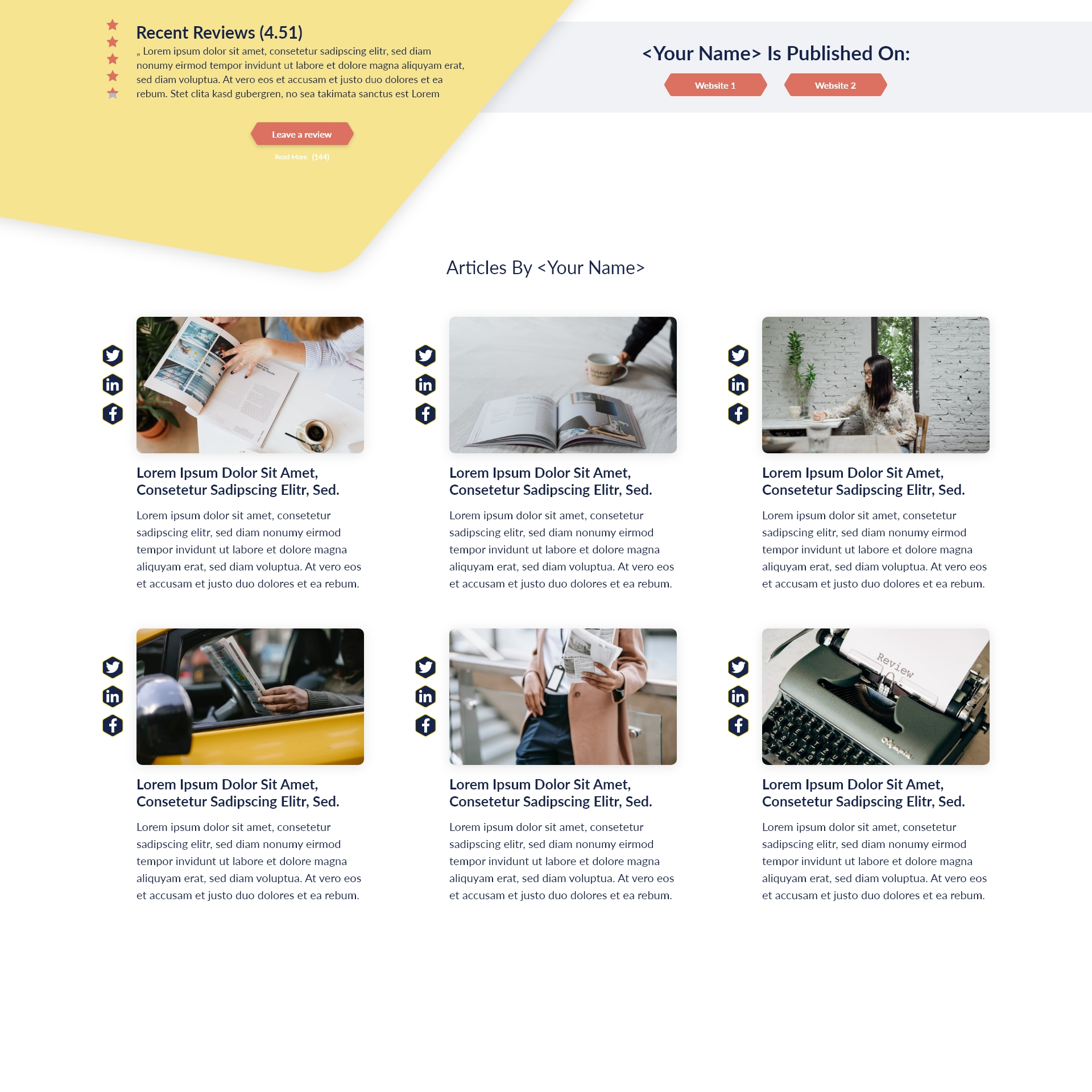The success of any business hinges greatly upon leadership and the development of their skills. Good leaders understand the importance of setting trackable development goals centered around strengthening relationships and improving communication skills. Small business owners looking to improve their skills, management, and supervisors can benefit from becoming better leaders. A role like this is not simply about additional responsibilities, hierarchy, or even a higher pay grade. This skill set requires continuous development, and leaders should understand the room for growth.
For some leaders, setting and pursuing leadership goals may lead in a senseless direction. Depending on skill level and position, management may feel unsure of how to accomplish the development of their dreams in forming an actionable plan. However, the process is simple, involving the identification of goals and plan development, as well as tracking progress. If you are a leader looking to solidify your role or want to improve yourself in the workplace, there are ten easy-to-follow steps to help you along the way.
Is Good Leadership Important?

The overall tone of a workplace is influenced directly by leadership. Management has the innate ability to make or break the will of an entire team, causing productivity and morale to suffer significantly. Although leadership mistakes occur, any kind of leader is capable of doing so in an effective manner. Natural-born leaders to learned leaders must learn to hone their skills over time to make room for positive growth. By enacting modes of self-awareness, you will be well on your way to identifying development goals, gearing up to improve weaknesses, and enhancing the style in an informed environment.
- Active Listening
Successful leaders have taken the time to develop active listening skills, further facilitating clear communication in the workplace. This skill enables them to understand their team deeper, regardless of ranking, by simply listening to feedback. Leaders with superb listening skills also understand how to react to negative feedback and are equipped to take additional steps in enacting changes for the better. - Facilitating Growth
A work environment that fosters employee growth and clear communication also understands the importance of feedback (regardless of nature). Leadership can drive employees to a new level of excellence through constructive feedback aimed at improvement. However, sharing feedback is not just about the behavior of others. Feedback can stimulate development and professional or personal growth when done correctly. - Adaptation Skills
Rather than presume you are adequately informed, open yourself up to learning and adaptation skills as a leader. This openness improves your outlook, resulting in a more successful work environment. Should your company undergo economic restructuring, the ability to adapt under pressure will pay off in the long run, regardless of the economy. An open-minded outlook also opens leadership to new opportunities and modern business techniques for unparalleled growth. - Emotional Intelligence (EI or EQ)
One of the five significant components of emotional intelligence includes motivation, self-regulation, social regulation, social awareness, and self-awareness. Most successful leaders have a high level of emotional intelligence, which serves well in managing stress, making decisions, setting goals, and more. For this reason, it remains one of the critical elements in developing leadership skills. Without it, leaders are prone to misunderstand their employees and the emotion surrounding any given situation. Fortunately, this skill can be developed and improved, as well as a natural gift for a select few. - Improving Efficiency
Time management is an invaluable tool for managing responsibilities and office efficiency. However, it would help if you learned to improve business operations and individual responsibilities. As a leader works to become more efficient in time management, they are equipped to strengthen additional skills, accomplish more tasks, and influence team members to do the same. - The Team Dynamic
Inclusive and diverse teams often consist of unique, creative individuals. The top organizations understand the importance of diversity in the workplace, leading to developing dynamic teams, surprising solutions, and success. Unfortunately, one common mistake amongst management is the act of hiring individuals similar to themselves. Should this occur, your business will fail to possess a diverse group culture or maintain a dynamic skillset. - Leading by Example
An organization that operates within the realm of teamwork and open communication embodies impeccable leadership traits. A business’s culture and foundation begin with its leaders, and consequently, employees are likely to follow suit when management sets a poor example. Therefore, leading with good action should be a top priority, regardless of personal turbulence, etc. - Mentorship Opportunities
When a team requires guidance, coaching, or counseling, they often turn to leadership. A good leader makes a distinct mentor, highlighting the importance of effective mentorship during goal setting. You can help your team by creating individual plans to help employees develop their work roles and explore career goals. By providing regular feedback and advice, leadership puts in the extra effort to help employees achieve personal and professional goals. - Employee Recognition and Appreciation
The largest asset for any business lies within its employees, and a great leader understands the importance of recognizing their efforts. Through regularly expressed appreciation and gratitude, team members and management alike are poised to hit higher productivity goals and improved retention rates. It doesn’t have to be a grand gesture, a simple act of acknowledging their work is a great place to start. Employees want to feel valued, as though they bring something to the table, rather than taken for granted. - Accountability, Honesty, and Transparency
Traits steeped in humility start at the top, meaning leaders should hold themselves to rigorous accountability standards, which pass on to team members. You create an environment of open-mindedness and listening by maintaining a stringent standard for yourself while remaining willing to admit mistakes and failures. In doing so, your employees will step up to the plate even when times feel uncertain. Building trust solidifies loyalty between leadership and employees, furthering the alignment of a company’s mission.
Establishing Leadership Goals

A diverse workplace means employees of all ranks come equipped with unique strengths and weaknesses – leadership is undoubtedly no exception. As a result, you can begin developing goals in a trackable manner by identifying strengths and weaknesses within yourself or seek the feedback of an advisor if you struggle to do so. Leadership assessment tools have also proved beneficial in this area.
Once you determine a few weaknesses you’d like to improve, start slowly. It’s better to focus on one or two rather than attempting to resolve them all at once. Doing so will result in a loss of focus, and you may begin to lose sight of your goals. Instead, your goals should provide a roadmap to achieving your success. Begin with three development goals through the SMART method (specific, measured, achievable, realistic, and time-based). From there, you can build a road map toward achieving set goals and further developing your skills.
Keeping track of your progress will make it easier to identify improvements in the short-term and long-term. Although you can break long-term goals into short-term objectives for easier tracking, you must find your style for success. As you progress through your leadership journey, don’t forget to make adjustments as necessary, revisit goals, or even reassess your progress. Leadership skill development is never complete and requires continuous improvement.
Building Strong Leaders
Any organization’s leadership determines employee expectations, company culture, and more. In terms of acceptable behavior, employees often anticipate the actions of business leaders, emulating their actions at work. These behavioral traits may be good or bad, depending on the person in charge. As such, a leader should strive to bring their best version to work daily. While we are all permitted the odd day, keep in mind the expectations you have set for your employees and apply them to yourself first.







